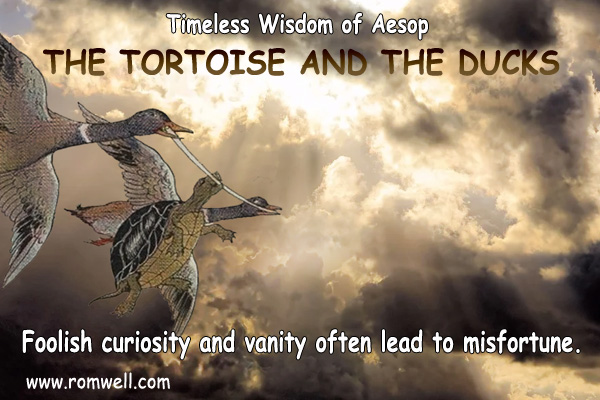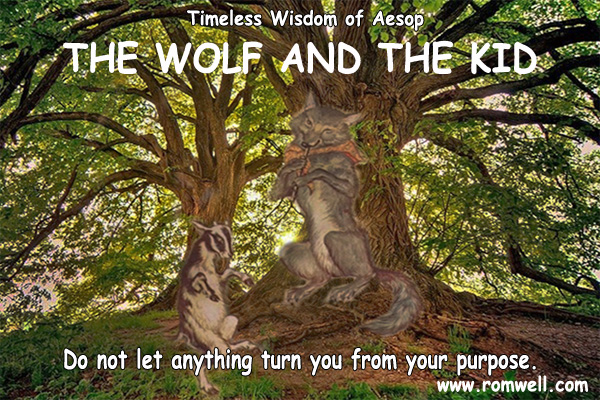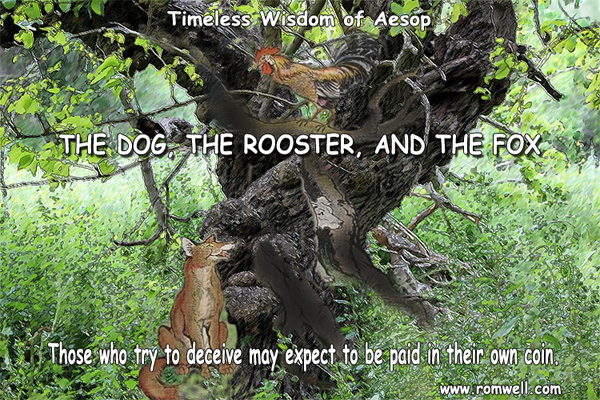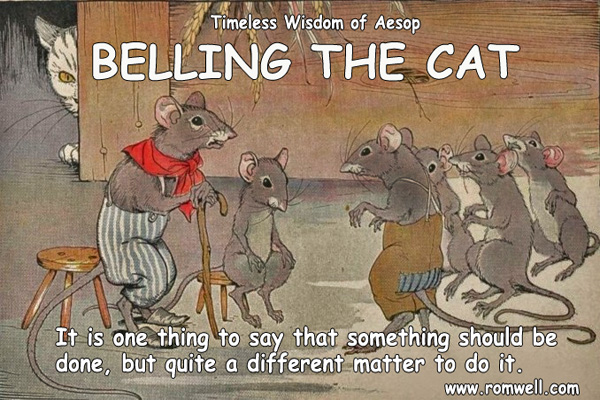Wonderful Animals
Learn about animals, watch videos, discover interesting facts and have fun.
Elephants - Elephants are the largest land animals. They typically live for 50 to 70 years, but the oldest recorded elephant lived for 82 years. At birth it is common for an elephant calf to weigh 120 kilograms (260 lb).
Elephant Art - Elephant Painting - Elephants have incredible memories and they can be trained to make paintings. Watch this video and find out how an elephant holds the paintbrush with its trunk.
Cottontail Rabbit - Cottontail rabbits (genus Sylvilagus) are very pretty animals and widely distributed across North America, Central America and northern and central South America. An adult female averages three litters per year, which can occur in any season; occurrence, and litter size depend on several factors including time of the year, weather, and location.
Fabulous Hummingbirds - Hummingbirds are credited with never forgetting the flowers that they’ve visited and when nectar is available. This is important since they must feed regularly and frequently. The Hummingbird’s diet includes nectar, sap, insects, spiders, and sugar water (human supplied).
Ruby-throated Hummingbird - Migrations are hazardous for the Hummingbirds, especially the first trip because of the many natural and man-made obstacles they face on their journey. Extreme weather, ecosystem modification/destruction, high-rise physical obstacles, and predation require careful management along the way. Therefore, their life expectancy is limited to three to five years under favorable circumstances.
Wild Rabbit Eating Flowers - Rabbit feeds upon clover, leafy plants, grass, hay, apples, grapes and other fruits. Sometimes wild rabbits will nibble away at flowers, twigs, seeds and even strip down some bark from various trees to complete their diet. They will often sit for hours in some snug covered place, quietly chewing its cud, with the greatest satisfaction.
Wild Squirrel in the House - Squirrels are cute little animals we can usually see leaping from branch to branch, and from tree-top to tree-top. Their tail is very large and bushy, and ears are small and upright, tufted with brownish gray hair. Their fore-paws are just like little hands. When they hold the nut in them and nibble them, they look like a little monkeys.
The Sea Otter - The sea otter is member of the family Mustelidae, a diverse group that includes the other otter species and terrestrial animals such as weasels, badgers, and minks. This otter spends its entire existence in salt water, and has been found as far as twenty miles from land. Adult male sea otters typically weigh between 49 to 99 lb (49 to 99 lb). Females are 31 to 73 lb (14 to 33 kg), making them the heaviest members of Mustelidae family, but they are among the smallest marine mammals. The sea otter differs in many ways from its other relations. It possesses large flipper-like hind feet, a short tail, and small, delicate forefeet. The hind paws alone are used for swimming, the delicate and sensitive forefeet being employed in locating the otter's food, consisting mostly of marine invertebrates such as sea urchins, mussels, crabs, and other shell-fish, which it hunts for amongst the rocks at the bottom of the sea.
Browse Aesop's Fables...
The Tortoise and the Ducks
Foolish curiosity and vanity often lead to misfortune.
The Wolf and the Kid
Do not let anything turn you from your purpose.
The Dog, Rooster & the Fox
Those who try to deceive may expect to be paid in their own...
Belling the Cat
It is one thing to say that something should be done...

Education
Many people benefit from knowledge and interesting facts...Did You Know?
Did you know that in the U.S. each year almost a billion birds are killed by window plate glass yearly? Most window pane collisions end up fatal for birds; even though birds sometimes may appear stunned and able to fly away, they are likely to die later of head hemorrhages or other internal injuries. Songbirds, as a group, are more likely to be killed by hitting windows. For these birds, window collisions are second only to habitat loss, in terms of reducing population numbers.
Over time, bird watchers have developed a variety of strategies to help minimize bird collisions:
 Make window glass less reflective or transparent
Make window glass less reflective or transparent
 Put up mesh or netting several inches from the glass
Put up mesh or netting several inches from the glass
 Use tape stripes or decals of snakes or owls to break up the glass reflection
Use tape stripes or decals of snakes or owls to break up the glass reflection
 Draw blinds
Draw blinds
 Place feeders away from windows.
Place feeders away from windows.





